The most relevant system requirement in Windows 11 for owners of current systems is the Active Trusted Platform Module (TPM) under the 2.0 standard – whether implemented as a physical module or in the CPU (AMD fTPM, Intel PTT). Until now, however, the TPM was usually disabled in the BIOS of retail boards. This is how it is activated.
(f) Activate TPM alias PTT for Windows 11 in BIOS
Regardless of whether it’s ASRock, Asus, EVGA, Gigabyte, or MSI, all motherboard manufacturers have now made clear which boards TPM 2.0 can be activated on. Activation is exactly the key word here.
All modern processors bring with them a trusted platform module, no dedicated chip or module is required. At AMD, the TPM is part of the Platform Security Processor (PSP) as fTPM, and at Intel it is part of the Platform Trust Technology (PTT). Since TPM has not been mandatory or welcomed by DIY end users in the past, AMD’s fTPM and Intel’s PTT have generally been deactivated for end customers on motherboards.
This can affect Windows 11, because TPM 2.0 is mandatory to install (which can be bypassed). Problem: If you install Windows 11 as an update from a running Windows 10, setup will tell you if it suspects TPM 2.0 is “missing” (inactive), if you start the installation from a USB drive, it will. Get no information.
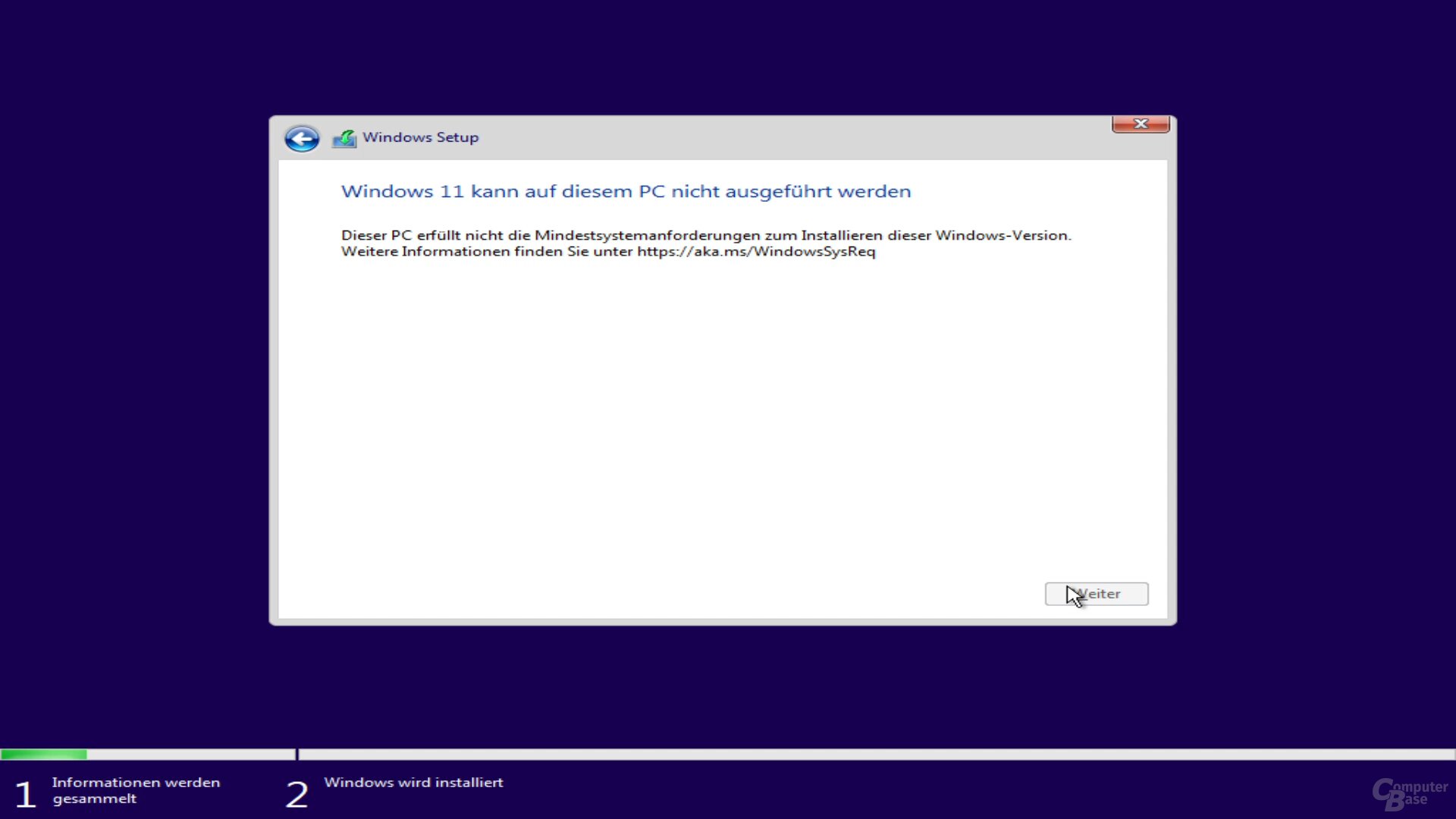
Just knowing the Windows 11 tethering system requirements or an old Windows installation with which to use tools like PCHealthCheck from Microsoft or the alternative WhyNotWin11.
Activate TPM 2.0 for ASRock, Asus, EVGA, Gigabyte and MSI
Therefore, motherboard manufacturers have been busy recently explaining to their customers how TPM can be activated on boards in the BIOS. Links to the respective howto articles can be found in the table below.
Some manufacturers also have BIOS updates that are explicitly written as “compatible with Windows 11.” distributedWhich had only one change in content: TPM 2.0 was activated “default” so as not to hinder the user when installing Windows 11.
VBS has other requirements
If you want to not only install Windows 11, but also use virtualization-based security (VBS), you must also activate Secure Boot and CPU virtualization (Intel VT-x, AMD SVM) in BIOS. Also in this case, the required settings can be found in very different places in the BIOS, depending on the manufacturer and platform. In the MSI Creator sTRX40 for Ryzen Threadripper, for example, SVM is under “CPU Features” in the OC’s list – as a security technology, consider.
- Active Secure Boot (in BIOS)
- Active CPU Virtualization (in BIOS: AMD AMD-V / SVM / Intel: VT-x)
- Installing Windows as UEFI, not legacy (in BIOS)
- No Windows driver should speak against it
Microsoft wants to make extended security functionality standard on OEM systems in the future, but end users still have a choice. The editors have already published more details about VBS in Windows 11 and service costs separately.
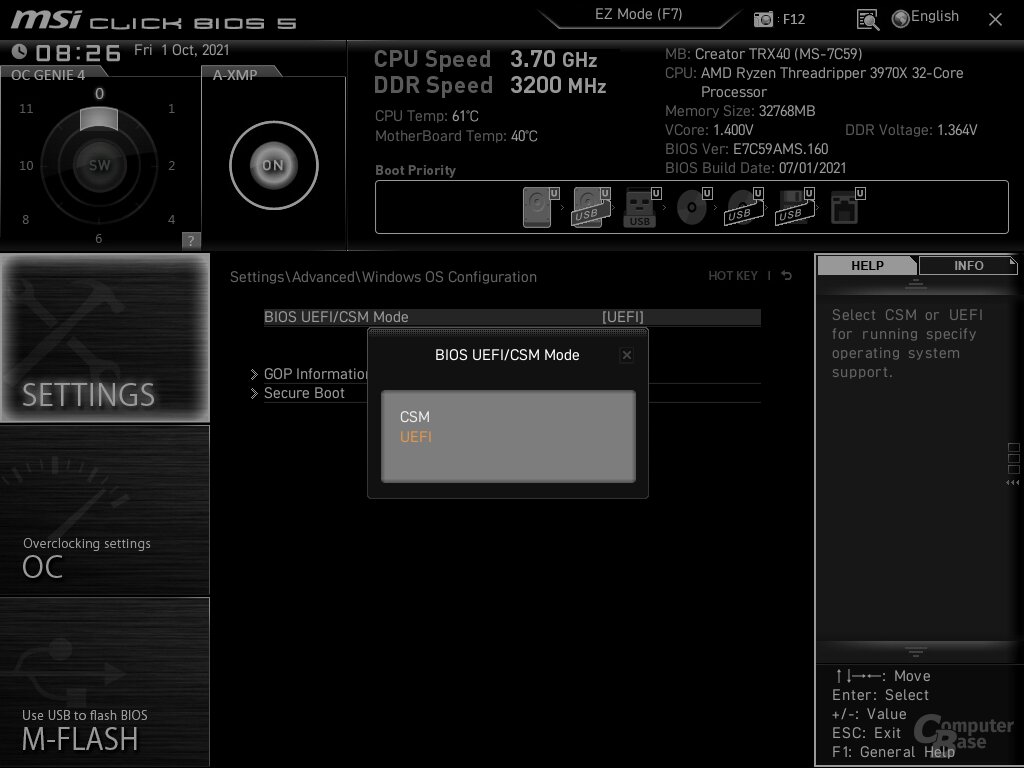
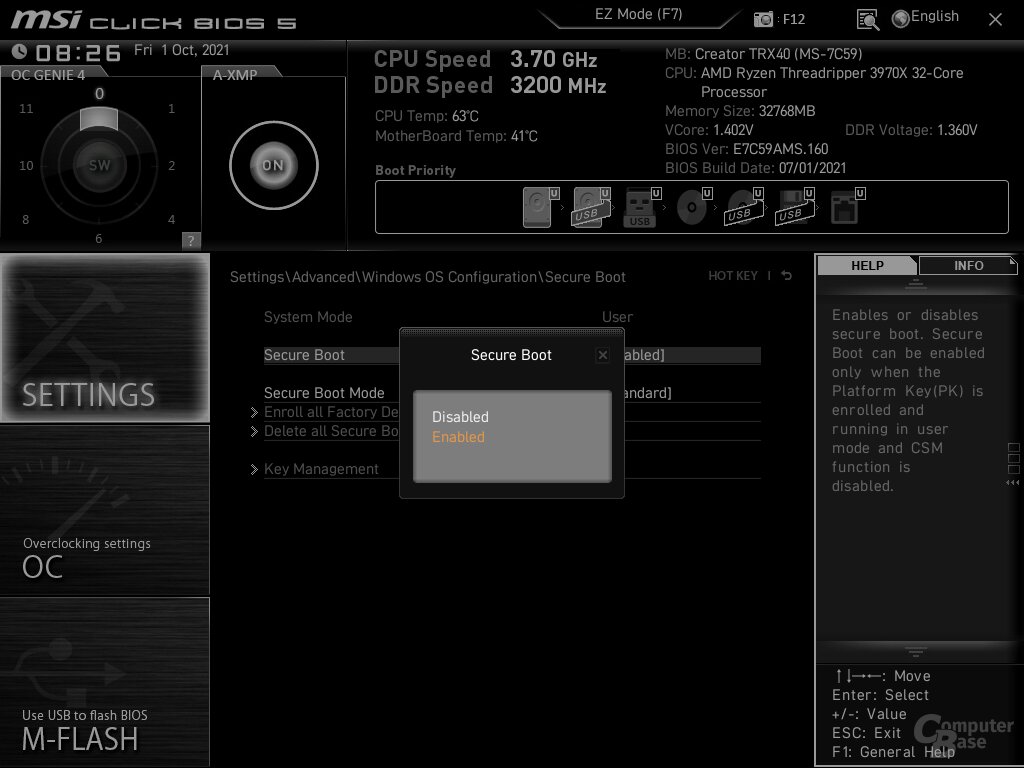
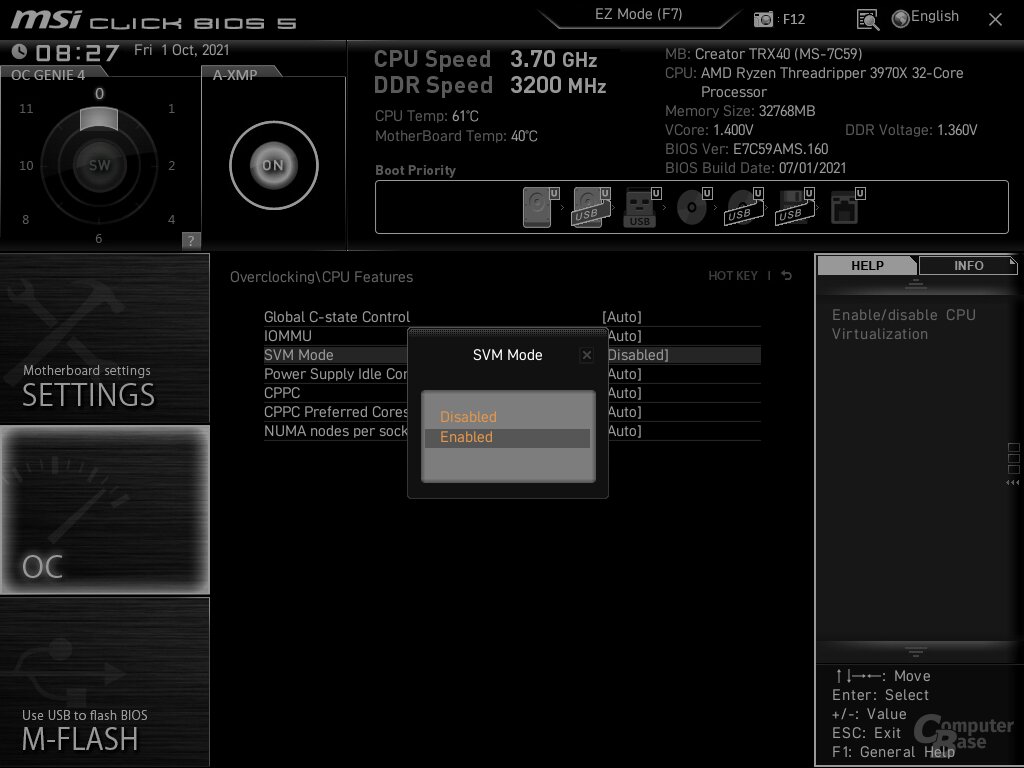
Readers help readers
Activating a BIOS feature that is required by Windows 11 or only optionally required can still be a hurdle even with OEM guidance. Reader references to manufacturers not associated with this report or products that deviate from the norm are welcome in the comments. Ultimately, this also helps other affected users. All information about starting Windows 11 can be found in the article Download: Microsoft Windows 11 is now available.
Downloads
-
5.0 stars
The Windows 11 installation wizard supports the installation of Windows 11 from 10.
- Version 21H2 Build 1.4.19041.1285 German
-
4.2 stars
Windows 11 ISO files can be used to create bootable installation media.
- Version 21H2 (Build 22000.194) German
-
4.8 stars
Windows 11 Media Creation Tool creates bootable USB volumes or updates Windows 10 to 11.
- Version 21H2 (Build 22000.194) German

“Prone to fits of apathy. Zombie ninja. Entrepreneur. Organizer. Evil travel aficionado. Coffee practitioner. Beer lover.”






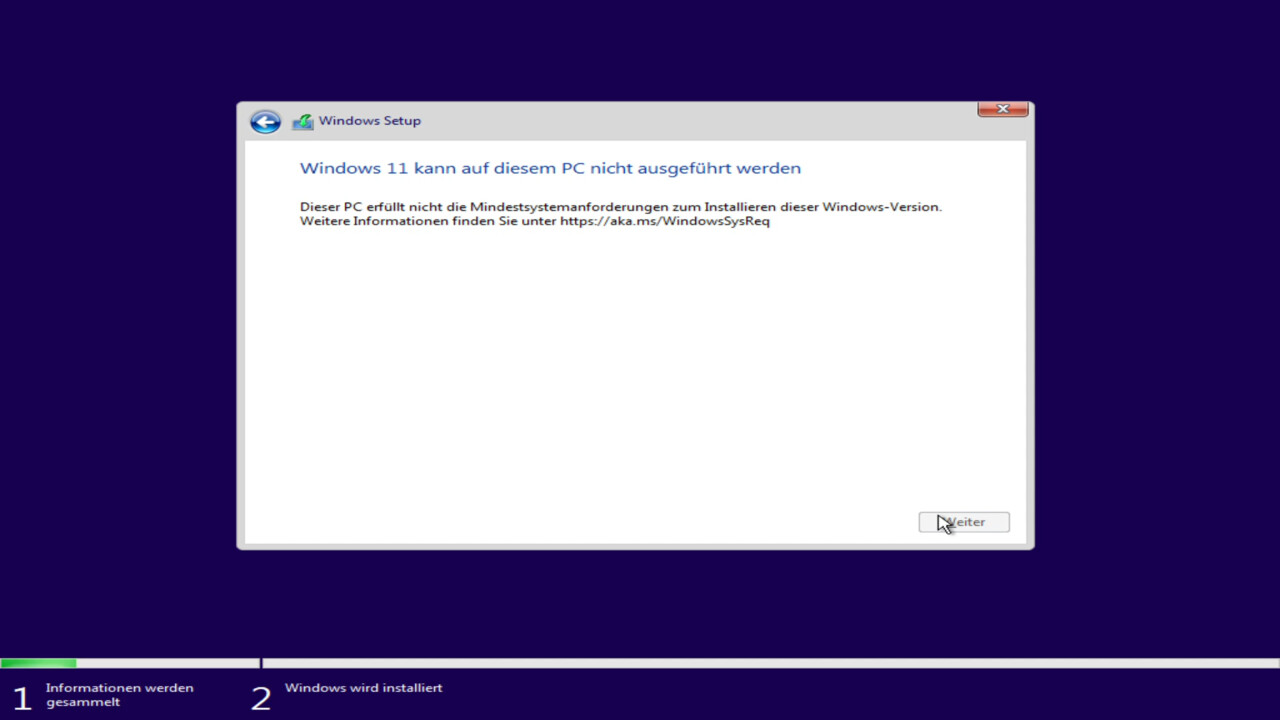
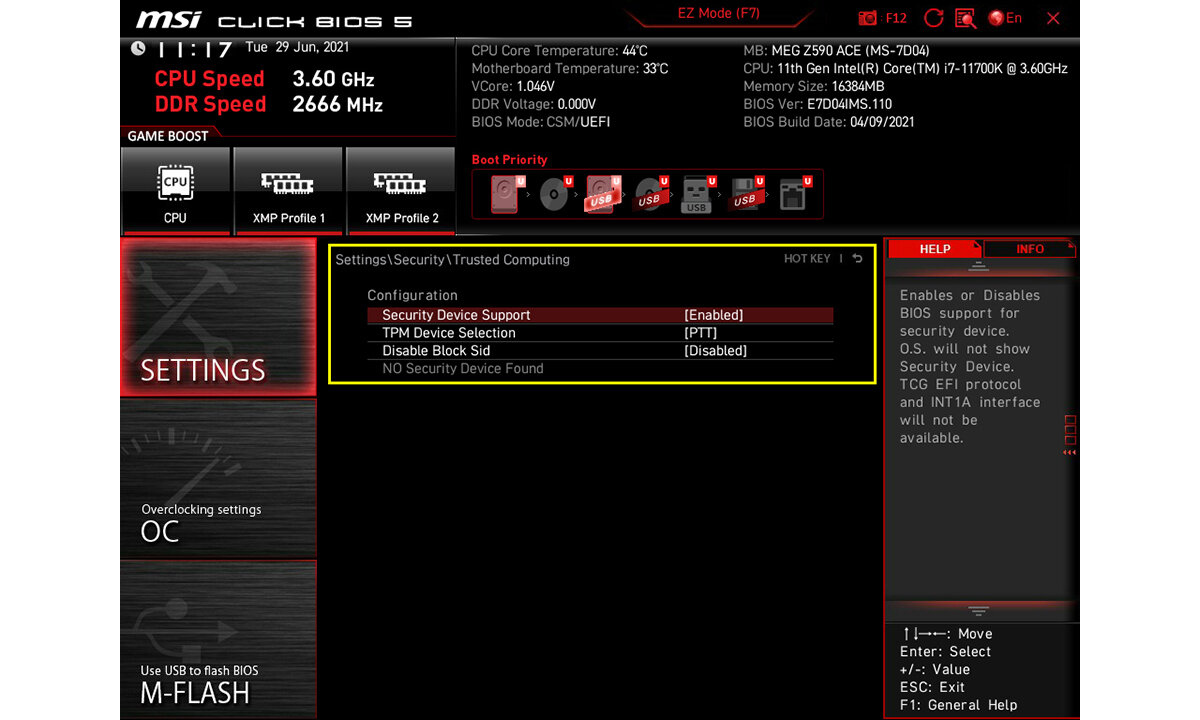



More Stories
Upgrade using 20 GPUs and 20 CPUs in testing [Update 3]
Raspberry Pi5 as desktop replacement after 5 months
Windows 11: Update brings ads in start menu